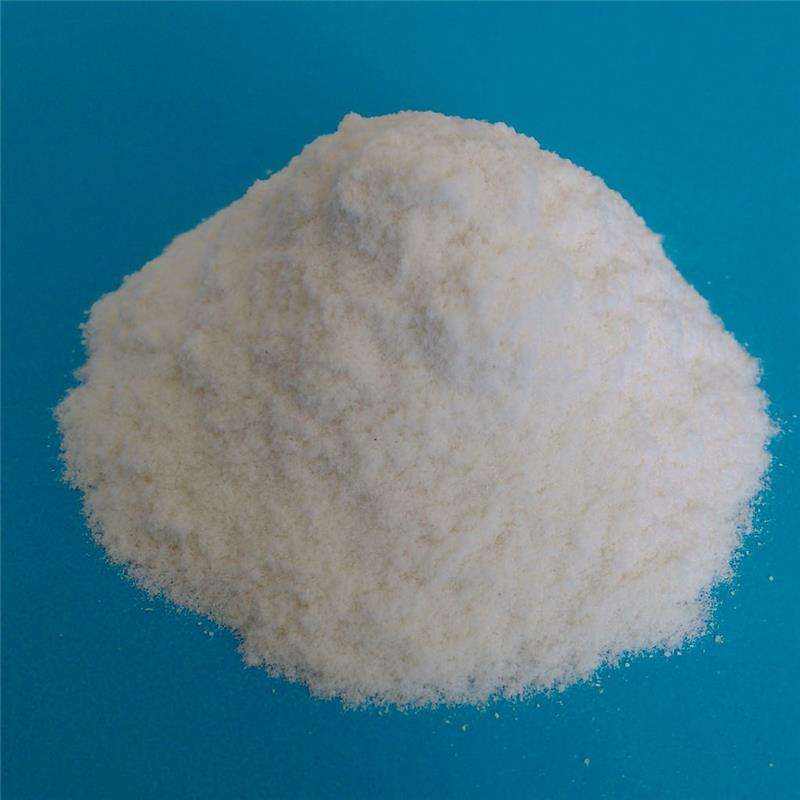Dispersants are widely used in refractory castables. By improving the rheological properties of refractory castables, the construction time of refractory castables and the labor intensity of workers can be reduced. Choosing the appropriate dispersant among the refractory castables of the corresponding system is the most direct and effective way to improve the rheological properties of the castables and reduce the water demand of the castables.

The adsorption of dispersants can generally be divided into two situations, one is adsorption at the solution interface, and the other is adsorption at the solid-liquid interface. The dispersing effect of the dispersant in the castable is mainly the result of the solid-liquid adsorption of the dispersant on the particle surface.
The adsorption of dispersants on the solid-liquid interface mainly uses the inherent amphiphilic structure of the dispersant molecules to form an adsorption layer with a characteristic structure on the surface of the particles to change the solid state. Surface properties. There are three factors that influence the adsorption of dispersants on the particle surface. The first is the characteristics of the particle surface, such as charged, polar or non-polar; the second is the molecular structure of the dispersant, such as the hydrocarbon chain of the dispersant. Length, generally speaking, the longer the hydrocarbon chain, the easier it is to adsorb; the third influencing factor is the type of dispersant. Particles with negatively charged surfaces are more likely to adsorb cationic dispersants. In addition, the properties of the solution, such as pH value, temperature, and electrolyte content, will also have a certain impact on the adsorption characteristics of the dispersant.



 微信扫一扫打赏
微信扫一扫打赏
